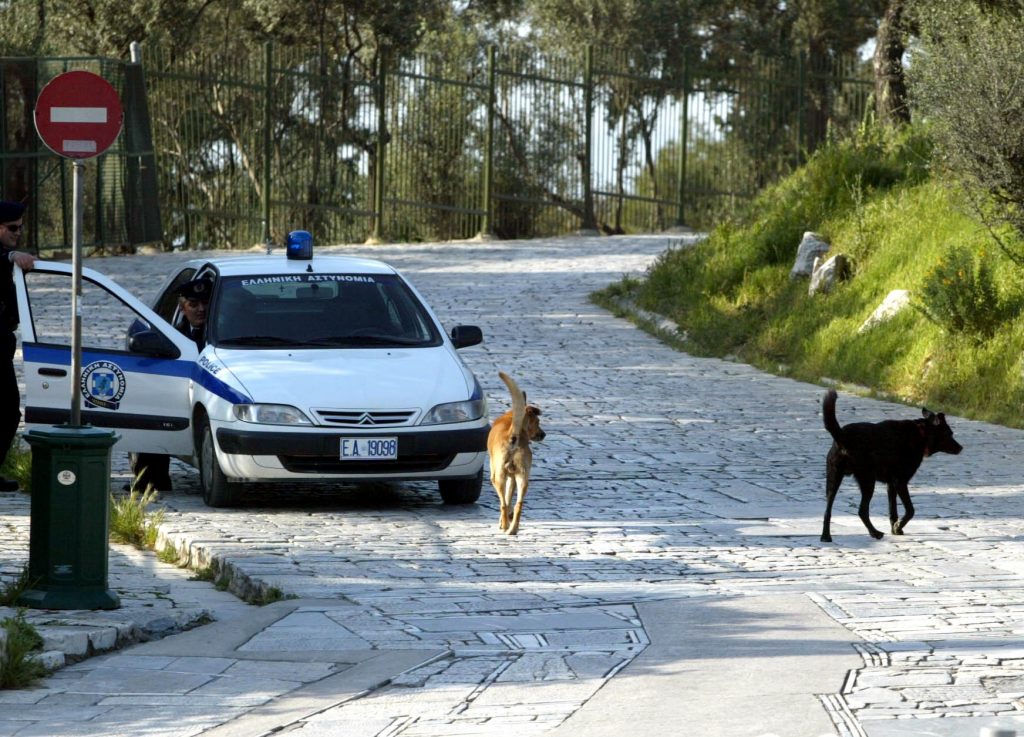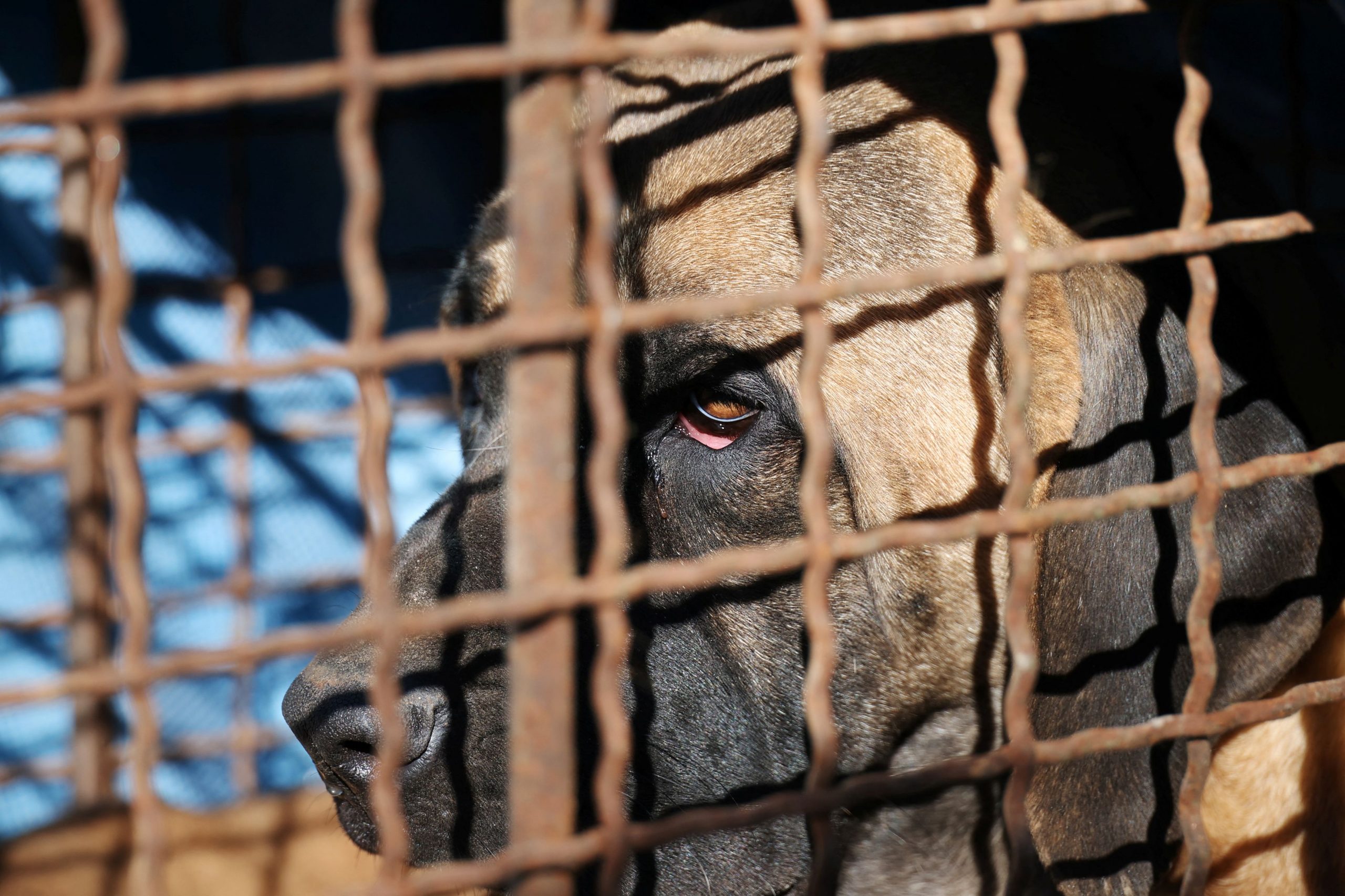Shocking data published by the Hellenic Animal Welfare Federation, reveals that there is a clear link between animal abuse, sexual abuse of animals, and maltreatment of minors and adults.
As the perpetrator of the horrific fatal torture of the dog “Oliver” in Arachova is still at large, while another canine in Volos was killed after being brutally tortured, the data published shed light on a disturbing correlation between acts of animal cruelty and corresponding offenses against humans.
According to the statistics and research:
• Studies on incarcerated child rapists identified bestiality as the primary and most significant risk factor for child sexual abuse.
• 31% of individuals engaging in sexual abuse of animals also commit similar acts against children and adults.
• 40% of homicides with sexual motives were perpetrated by individuals with a history of sexual abuse of animals.
• 43% of male inmates held for sexual crimes admitted to engaging in past sexual acts with animals.
“Ten days after the horrific torture and tragic death of the husky [Oliver] in Arachova, the perpetrator still roams free, amidst witnesses afraid to testify and security cameras mysteriously disappearing,” stated the Panhellenic Animal Welfare Federation in a press release, highlighting the ‘code of silence’ in the area and allegations of camera removal.
The Federation noted that 200 Police officers took part in the 2017 educational program “The Cycle of Violence: From Animal Abuse to Domestic Violence” which included a specific section on the sexual abuse of animals and its link with the sexual abuse of minors and domestic violence in general.
The Federation posed some open questions to Greek PM Kyriakos Mitsotakis and Relevant Ministries: “Today, with deep anger and sorrow, we pose the following questions to the Prime Minister and the relevant ministries:
1. What happened to the 200 Hellenic Police officers who received training on investigating animal abuse and child abuse in 2017? How is their specialized knowledge being utilized in their service?
2. Given the closely intertwined relationship between these two forms of violence, what protocols have been established post-training for the investigation and prosecution of animal abuse and child abuse?
3. What became of the educational material left behind by the trainers?
4. Why were the legislative changes proposed by the then-presenters (specifically, the U.S. prosecutorial authorities) not adopted to ensure better protection for both animals and children?”




